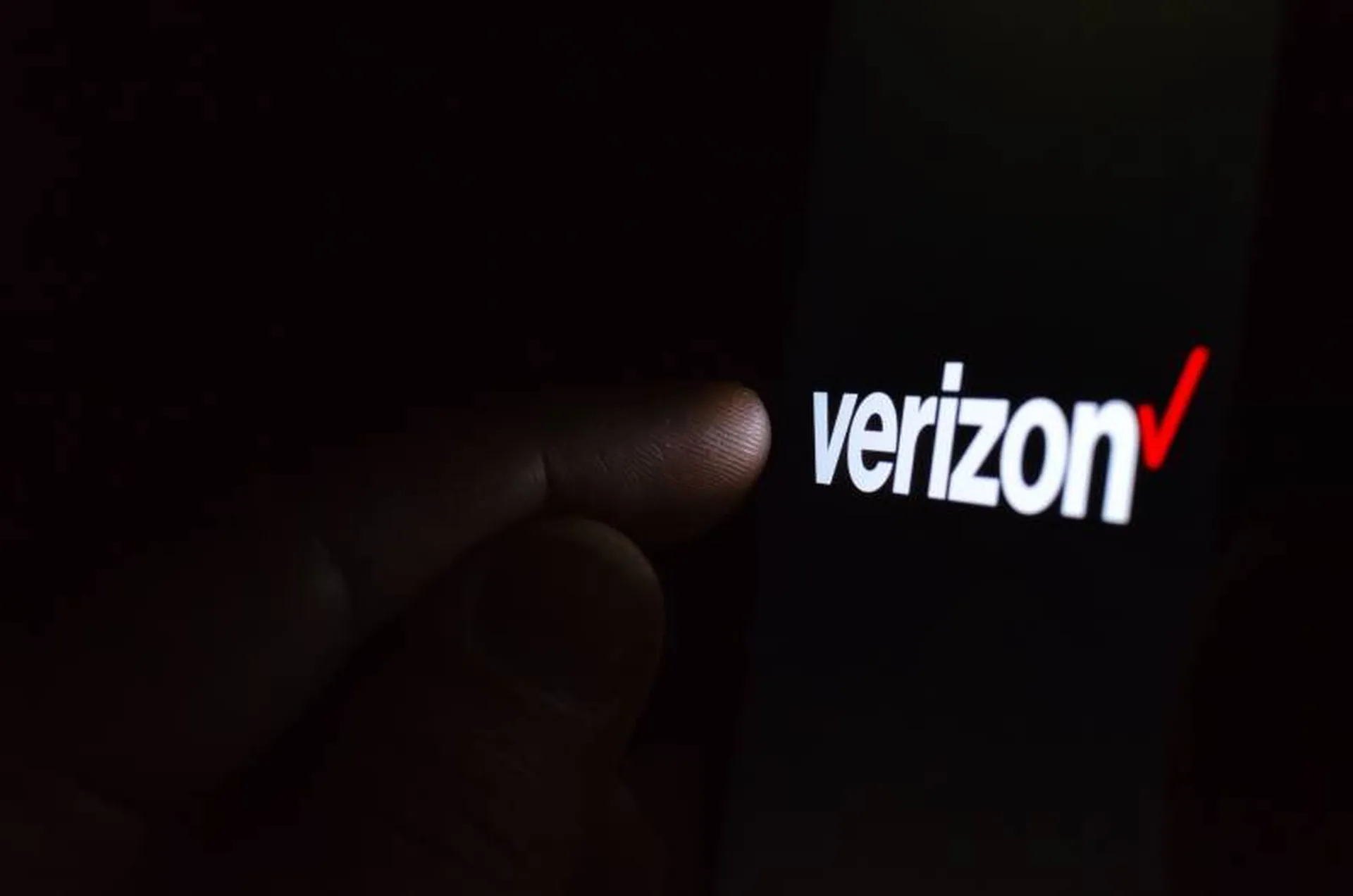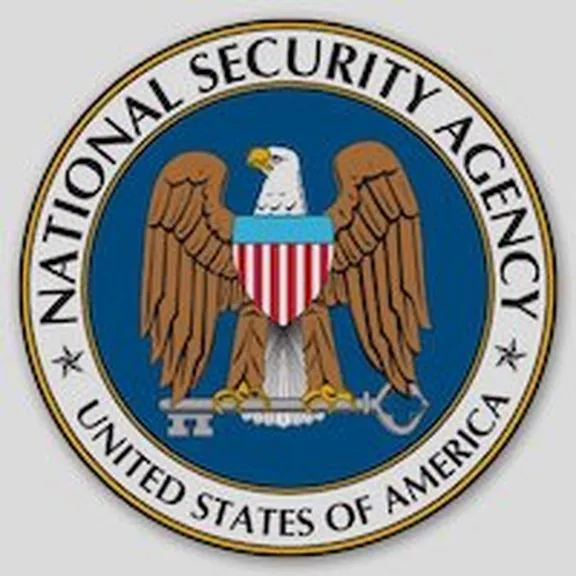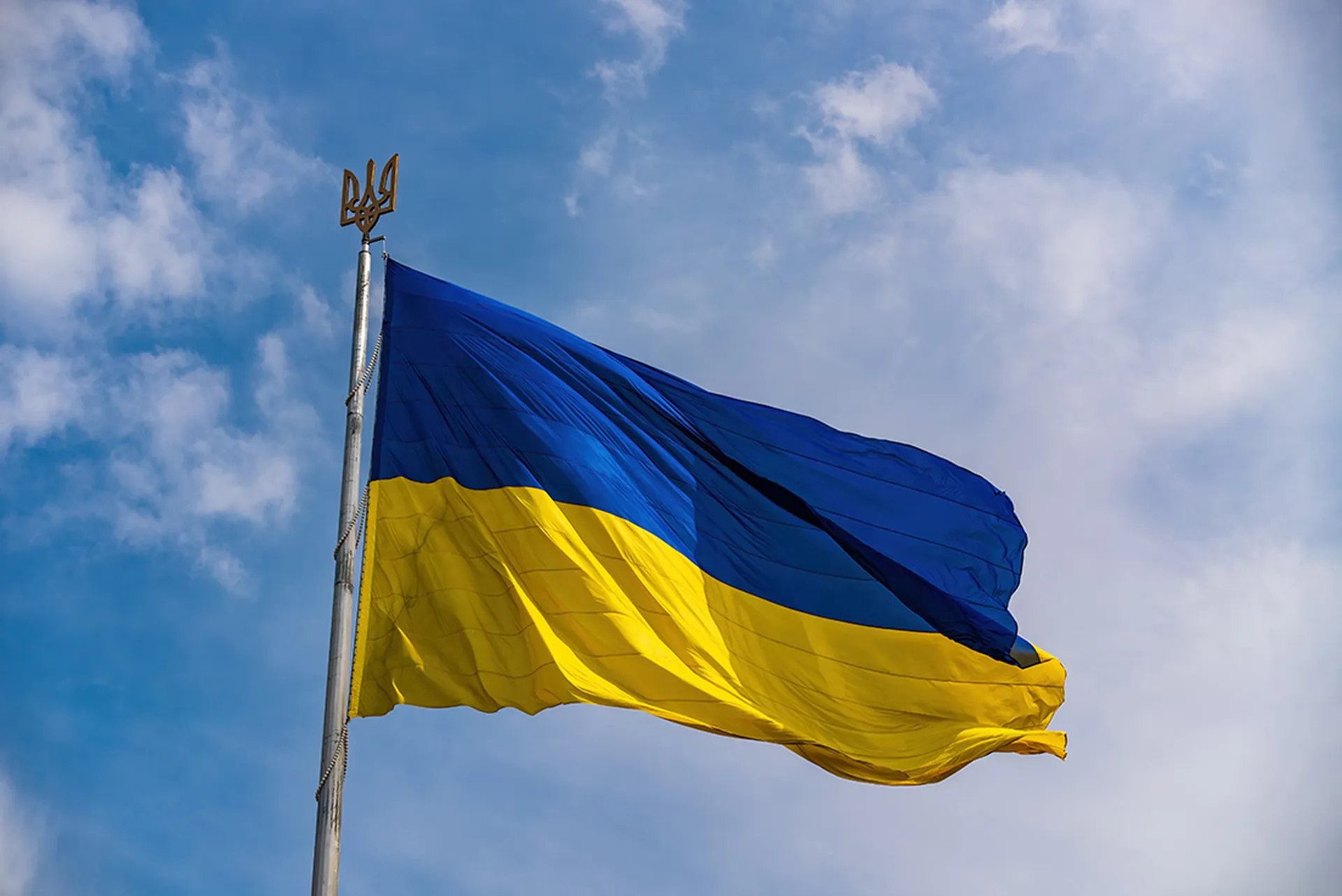Distributed Denial of Service (DDoS) attacks were one of the most talked about threats at InfoSecurity Europe 2017. One of the things vendors couldn't agree on however, is the trend for their size and thus whether we should be defending against increasing numbers of small attacks or more frequent mega-attacks.
Corero Network Security, who met with SC during the conference, said in a press release that, “the greatest DDoS risk for organisations is the barrage of short, low volume attacks which mask more serious network intrusions”.
Research from the firm says that “despite several headline-dominating, high-volume DDoS attacks over the past year, the vast majority (98 percent) of the DDoS attack attempts against Corero customers during Q1 2017 were less than 10 Gbps per second in volume.”
It added: “they are just disruptive enough to knock a firewall or intrusion prevention system (IPS) offline so that the hackers can target, map and infiltrate a network to install malware and engage data exfiltration activity.”
Ashley Stephenson, CEO at Corero Network Security, explains: “Short DDoS attacks might seem harmless, in that they don't cause extended periods of downtime. But IT teams who choose to ignore them are effectively leaving their doors wide open for malware or ransomware attacks, data theft or other more serious intrusions. Just like the mythological Trojan Horse, these attacks deceive security teams by masquerading as a harmless bystander – in this case, a flicker of internet outage – while hiding their more sinister motives.”
DDoS protection has traditionally been something that major enterprises were able to deploy by having their traffic run through a supplier network at huge cost. The alternative was to switch traffic over to their DDoS protection provider in the event of an attack – but this could cause a delay of about 20 minutes while the company under attack found who to call and explain what was happening, the whole time that the attack was escalating.
Instead, Laurent Gil, co-founder at Zenedge, explained to SC Media UK how his company's approach to DDoS protection is different.
“We have an always-on monitoring system on the cloud so there is nothing to install for the customer, it's the same SSL as an ‘always on' solution, but always on in the cloud for monitoring and analysing of traffic patterns and when the early signs of an attack are spotted, we automatically re-route traffic to our scrubbing centre within 60 seconds – down from the 20 minutes it takes non-automated systems,” Gil told SC. He added that because the traffic only switched on demand, when there is an attack, it is less cost than if it had to be handled all the time and with a 60 second response, it still mitigated against the attack ramping up.
“It's a tectonic shift in the market,” says Gil, adding, “We we can onboard many more enterprises, without them spending millions of dollars, which is what's needed for a for mid-market enterprise. DDoS protection did not exist for these companies because they couldn't afford it. It's not that the traditional prime protection providers are losing revenues, but the market is much wider now than it was previously."
In contrast to Corero, veteran vendor Imperva, hosted sessions which could be misconstrued as ‘humble-brags' named “how we stopped a 650Gbps DDoS attack over lunch”.
Imperva points out that the source code of the Mirai botnet going open source has meant that the Tools, Tactics and Procedures (TTP) of botnet criminals have taken a step up. And naturally, it is prepared to protect against this threat with one of it's “behemoth” data centre appliances.
Imperva's Robert Hamilton, director of product marketing, hosted the sessions and said “DDoS attacks aren't going away anytime soon”.
Raj Samani, chief scientist of Mcafee told SC: "The number is completely subjective. When we saw the beginnings of DDoS as an extortion tactic it was brushed off since the throughput wasn't significant enough to worry most enterprises, then all of a sudden the firepower increased to in excess of 50Gbps. Whilst this number for many organisations can be easily managed (as we saw with DDoS providers withstanding 620Gbps attacks), the reality is that the firepower of DDoS attacks are on the up. What is the magic number that will cause concern? Well, it will be whatever hasn't been tested against!"
That may be the case, but then Akamai, another DDoS protection giant says in its Q1 2017 State of the Internet report that “the mega attacks are outliers that represent the limits enterprises must be prepared to defend against. However, the overwhelming number of smaller attacks means that these mega attacks have little impact on the trend lines that defend the median attack size, which is a better indicator of what an organisation is most likely to see.”
Akamai raises another important point: the rise in use of IoT devices which are compromised for malicious use - such as using an “internet-enabled toaster to mine bitcoins” - are likely to end up contributing to harsher DDoS attacks as these devices are eventually recruited into the mega-botnets which carry out such attacks.
A new report from Kaspersky Lab, also released after InfoSec, shows that when organisations are attacked by a DDoS, “customer-facing resources suffer more in banking, than in any other sector.”
“For example, 49 per cent of banks that have suffered a DDoS attack have had their public website affected (compared to 41 percent of non-financial institutions) and 48 percent have had their online banking affected when they've been targeted by DDoS.”
“Recovering from DDoS is also more expensive for banks than non-financial organisations. The report shows that a DDoS incident can cost a financial institution US$ 1,172,000 (£917,427) to recover from, compared to US$ 952,000 (£745,000) for businesses in other sectors.”
Kirill Ilganaev, head of Kaspersky DDoS Protection, Kaspersky Lab said in a press release, “In the banking sector reputation is everything, and security goes hand-in-hand with this. If a bank's online services come under attack, it is very difficult for customers to trust that bank with their money, so it's easy to see why an attack could be so crippling. If banks are to protect themselves effectively from the price tag of an online banking cybersecurity incident, they first need to become more prepared for the dangers DDoS attacks pose to their online banking services. This threat should be featuring higher on banks' security priorities.”
Kaspersky Lab is encouraging financial institutions to share security intelligence to be better prepared for dealing with the threat of an attack on their online banking services.



